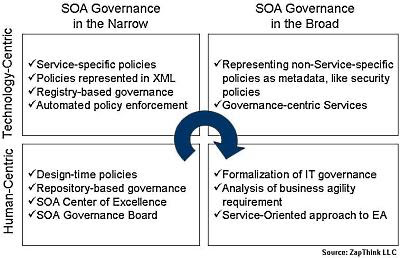These include thin-client and desktop virtualization solutions, as well as a multi-seat offering that can double computing seats. At the same time, the company targeted the need for data security with a backup and recovery system for road warriors. [Disclosure: HP is a sponsor of BriefingsDirect podcasts.]
The thin-client offerings from the Palo Alto, Calif. company include the HP t5740 and HP t5745 Flexible Series, which feature Intel Atom N280 processors and an Intel GL40 chipset. They also provide eight USB 2.0 ports and an optional PCI expansion module for easy upgrades.
The Flexible Series thin clients support rich multimedia for visual display solutions, including
 the new HP LD4700 47-inch Widescreen LCD Digital Signage Display, which can run in both bright and dim lighting while maintaining longevity, and can be set in either a horizontal or vertical position. With the new HP Digital Signage Display (DSD) Wall Mount, users can hang the display on a wall to showcase videos, graphics or text in a variety of commercial settings where an extra-large screen is desired.
the new HP LD4700 47-inch Widescreen LCD Digital Signage Display, which can run in both bright and dim lighting while maintaining longevity, and can be set in either a horizontal or vertical position. With the new HP Digital Signage Display (DSD) Wall Mount, users can hang the display on a wall to showcase videos, graphics or text in a variety of commercial settings where an extra-large screen is desired.The HP t5325 Essential Series Thin Client is a power-efficient thin client with a new interface that simplifies setup and deployment. All new HP thin clients include intuitive setup tools to streamline configuration and management. These include the ThinPro Setup Wizard for Linux and HP Easy Config for Microsoft Windows.
In addition, HP thin clients also include on-board utilities that automate deployment of new connections, properties, low-bandwidth add-ons, and image updates from one centralized repository to thousands of thin clients.
Client virtualization
Three new client virtualization architectures combine Citrix XenDesktop 4, Citrix XenApp or VMware View with HP ProLiant servers, storage and thin clients to provide midsize to large businesses with a range of scalable offerings.
HP ProLiant WS460c G6 Workstation Blade brings centralized, mission-critical security to workstation computing and allows individuals or teams to work and collaborate remotely and securely. This solution meets the performance and scalability needs for high-end visualization and handling of large model sizes demanded by enterprise segments such as engineering and oil and gas.
HP Client Automation 7.8, part of the HP Business Service Automation software portfolio allows customers to deploy and migrate to a virtual desktop infrastructure environment and manage it through the entire life cycle with a common methodology that reduces management costs and complexity. Customers also capture inventory and usage information to help size their initial virtual client deployment and reoptimize as end-user needs change over time.
The HP MultiSeat Solution stretches the computing budgets of small businesses and other resource-constrained organizations by delivering up to twice the computing seats as traditional PCs for the same IT spend.
HP MultiSeat uses the excess computing capacity of a single PC to give up to 10 simultaneous users an individualized computing experience. This is designed to help organizations affordably increase computing seats and provide a simple setup, as well as reduce energy consumption by as much as 80 percent per user over traditional PCs.
Data protection and backup
To address the problem of mobile workers -- now estimated at 25 percent of the workforce -- potentially losing company data, HP is offering HP Data Protector Notebook extension, which can back up and recover data outside the corporate network, even while the worker is working remotely and offline.
With the Data Protector, data is instantly captured and backed up automatically each time a user changes, creates or receives a files. The data is then stored temporarily in a local repository pending transfer to the network data vault for full backup and restore capabilities. With single-click recovery, users can recover their own files without initiating help desks calls.
De-duplication, data encryption, and compression techniques help to maximize bandwidth efficiency and ensure security. The user’s storage footprint is reduced by deduplication of multiple copies of data. All of the user’s data is then stored encrypted and compressed and the expired versions are cleaned up.
HP introduced HP Backup and Recovery Fast Track Services, a suite of scalable service engagements that help ensure a successful implementation of HP Data Protector and HP Data Protector Notebook Extension.
Workshops and services
To help companies chart their way to client virtualization, HP is also offering a series of workshops and services:
- The Transformation Experience Workshop is a one-day intensive session to help customers build their strategy for virtualized solutions, identify a high-level roadmap, and get executive consensus.
- The Business Benefit Workshop allows customers to identify, quantify and analyze the business benefits of client virtualization, as well as set return-on-investment targets prior to entering the planning stage.
- An Enhanced HP Solution Architecture and Pilot Service ensures the successful integration of the client virtualization solution into the customer’s infrastructure through a clear roadmap, architectural blueprint, and phased implementation strategy.
The t5325 Essential Series Thin Client starts at $199 and is expected to be available Dec. 1.












